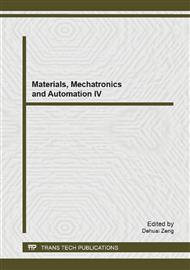p.257
p.263
p.268
p.275
p.283
p.288
p.293
p.298
p.306
Multimedia Technology Used to Reduce Costs and Time
Abstract:
Safety procedures are explained during lectures in basic scuba diving courses, but these rules are often counterintuitive and difficult to remember; many accidents occur because divers do not put into practice what they have been taught. Diving accidents are at higher growth than the growth of activity in the world. This research used multimedia in a virtual environment to detect safety aspects of diving more forgetful among experienced scuba divers. This way it is possible to develop courses more effectively: less cost and time spent and lower accident rate. Were discovered the safety procedures recreational scuba divers more unknown among accredited divers. The results showed a large number of errors on all items in particular on the system to keep in pairs. Thus it becomes possible to improve diving courses and/or briefings before dives emphasizing these items, reducing cost and time. As a suggestion for future research, to find ways to improve the performance of divers in case of emergencies, through awareness, education and behavior.
Info:
Periodical:
Pages:
283-287
Citation:
Online since:
June 2014
Price:
Сopyright:
© 2014 Trans Tech Publications Ltd. All Rights Reserved
Share:
Citation:


